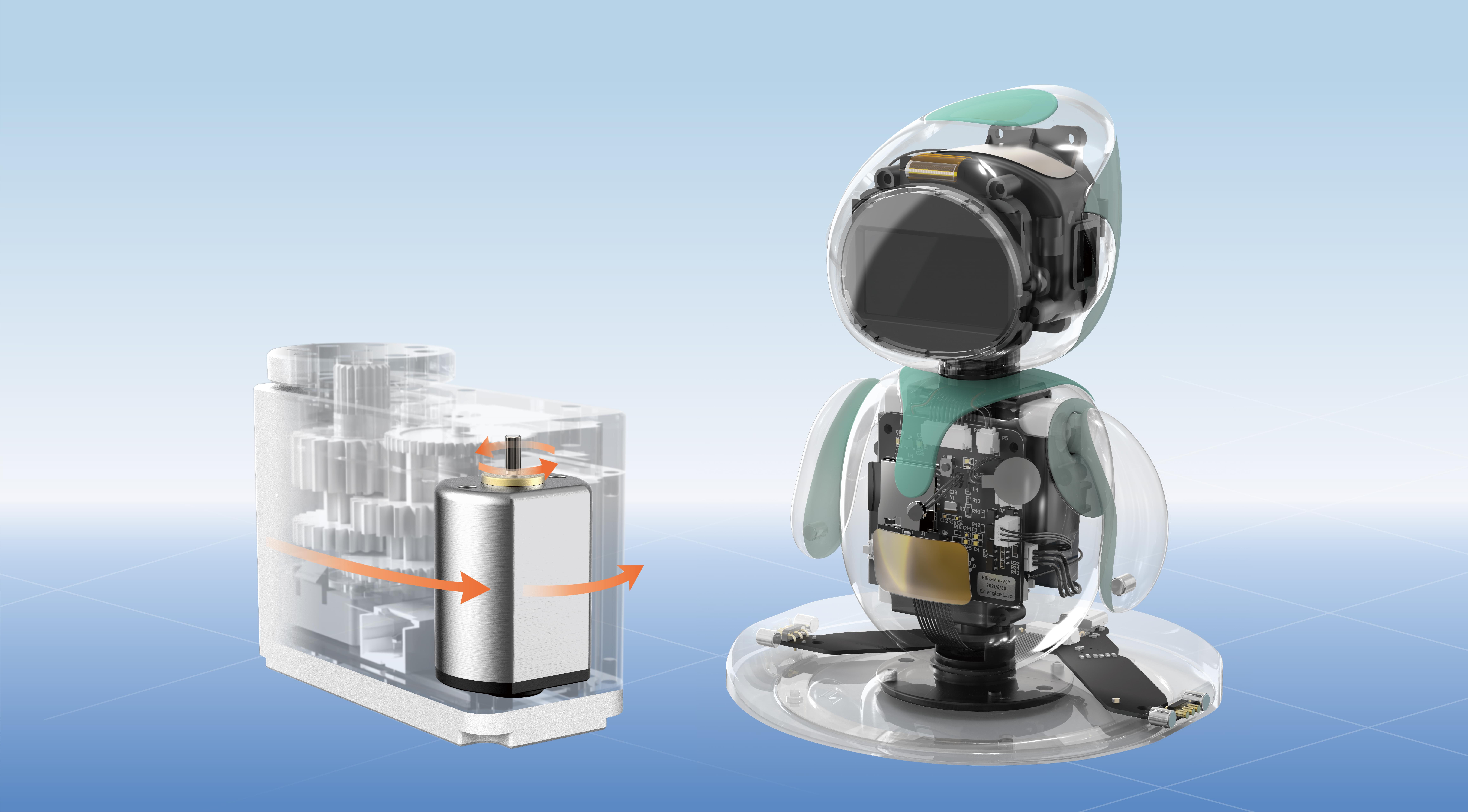Ever feel like your application is stuck in a rut? One big, monolithic block that seems impossible to change without causing chaos? That’s pretty common. A lot of teams start out with a monolith because it’s simpler to build at first—everything’s in one place, easier to manage, at least in the beginning. But as your system grows, things start to get messy. Deployments take longer. Bugs ripple through the entire application. Scaling? Forget about it. That’s when you start thinking, “Maybe it’s time for something different.”

Here’s where the shift from monolith to microservices comes into play. Imagine breaking that giant tower into smaller, manageable building blocks. Each microservice handles a specific function—like payment, user authentication, notifications—and they communicate via APIs. It sounds straightforward, but the devil’s in the details. Transitioning isn't just about splitting code; it’s about rethinking workflows, deployment pipelines, and even culture.
One of the biggest benefits? Flexibility. You want to update the payment module? No need to redeploy the entire app. Just focus on that microservice. It’s like changing a single puzzle piece without touching the whole picture. Plus, a bunch of small services can be scaled independently. If your app suddenly goes viral for a particular feature, you can beef up the microservice behind it without overloading the whole system.
But it’s not all sunshine and rainbows. Transitioning to microservices can be messy—think about data consistency, service discovery, load balancing, security, and more. Some might wonder if it’s worth the headache. The truth? Well-implemented microservices architecture can give your company agility, speed, and resilience, but it demands discipline and a clear strategy.
Consider a scenario: a retail platform experiencing rapid growth. Monolithic architecture begins to creak under traffic. Launching new features means risking the entire system going down. Switching over to microservices? Suddenly, deploying a new recommendation engine is a breeze. It’s separate, fast, and doesn’t threaten shutdowns.
What about the question of cost? Sure, managing multiple microservices means investing in monitoring tools, sophisticated deployment pipelines, and team skills. But in the long run, those investments keep your platform nimble. You can roll out updates more often, fix bugs faster, and handle traffic spikes without breaking a sweat.
Some might ask if it’s worth ditching the monolith altogether. Honestly, it depends. For some startups, going micro might be overkill early on. But for established platforms battling slow deployments and scaling nightmares, it’s a game changer.
Looking ahead, microservices are no longer optional for scalable, resilient applications. They are the future of software architecture. Adopting this approach isn’t about following trends; it’s about fitting your tech stack to your evolving needs. When every microservice is a small, autonomous powerhouse, your system becomes more adaptable—ready to tackle challenges head-on.
So, if your current architecture feels like a heavy load, consider reimagining your approach. Break free from monolith constraints, embrace microservices, and watch how your development cycle transforms. It’s a journey worth taking—after all, staying stuck isn’t an option anymore.
Established in 2005, Kpower has been dedicated to a professional compact motion unit manufacturer, headquartered in Dongguan, Guangdong Province, China. Leveraging innovations in modular drive technology, Kpower integrates high-performance motors, precision reducers, and multi-protocol control systems to provide efficient and customized smart drive system solutions. Kpower has delivered professional drive system solutions to over 500 enterprise clients globally with products covering various fields such as Smart Home Systems, Automatic Electronics, Robotics, Precision Agriculture, Drones, and Industrial Automation.




































